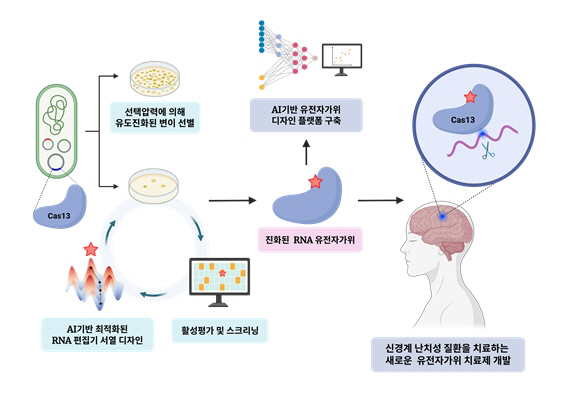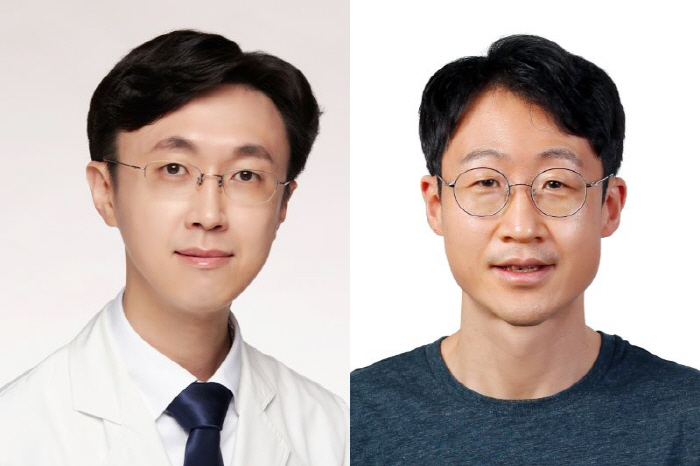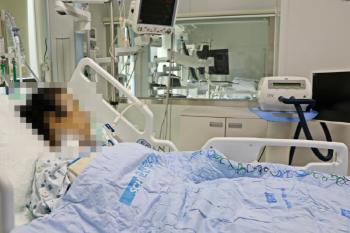Will treatment for Parkinson's disease and Lou Gehrig's disease open the way?Next-generation RNA editing research begins in earnest
Jun 16, 2025
|
Professor Kim Young-kwang of the Synthetic Biology Project Group of the Catholic Central Medical Center's Basic Medicine Project Promotion Team (Catholic University School of Medicine's Pathology Class) has been officially selected by the government to develop Next Generation RNA Gene Editing Technology and will begin full-scale research.
As part of the 2025 Biomedical Technology Development Project organized by the Ministry of Science and ICT, this study aims to develop a new genetic scissors technology that can precisely edit and control RNA (ribonucleic acid) and apply it to the treatment of intractable neurological diseases.
Professor Kim Young-kwang was selected as the lead researcher for the project, and leading researchers in Korea, including Professor Kim Ki-pyo (Catholic University Medical School's Life Sciences Class), Professor Chae Dong-woo (Yeonse University Medical School), and CEO Song Ji-hwan (IPS Bio), will participate as co-researchers. The research will be conducted over the next five years, receiving a total of 2.8 billion won in government support, of which 1.86 billion won will be executed through the Catholic University Industry-Academic Cooperation Group.
The key technology in this study is 'RNA gene scissors'. To put it simply, genetic scissors are a technology that accurately cuts and changes our body's genetic information (DNA or RNA). Until now, most of the well-known genetic scissors have been targeted at DNA. However, the results of DNA editing are irreversible, making it difficult to recover when side effects occur, and there were concerns about the safety of gene correction in the body due to cytotoxicity that occurs in the process of cutting DNA.
On the other hand, RNA is a 'copy' made by DNA, which is information used to make actual proteins. Editing RNA can control disease-related protein production while leaving DNA intact, making it a much safer and more precise treatment.
As such, genetic scissors technology for RNA has recently attracted the most attention in the field of life science. In particular, the key to this task is to make RNA gene scissors that are much more precise and efficient than before.
The title of this task is 'Advanced and Intractable Nervous System Disease Treatment Applications of Next Generation RNA Targeted CRISPR Genes Using Induced Evolution'. Here 'Induced Evolution' is a technology that quickly reproduces evolutionary processes that take place in nature over millions of years in the laboratory to create better proteins.
Induced evolution is a technology that won the Nobel Prize in Chemistry in 2018, and CRISPR gene scissors are a technology that won the Nobel Prize in Chemistry in 2020, and are now innovating in various fields such as genetics, cancer treatment, and rare disease research. Professor Kim Young-kwang's team is challenging to combine these two technologies to create new genetic scissors that can control RNA more accurately and safely.
Despite its high efficiency, conventional RNA gene scissors have limited application as a therapeutic agent as concerns about target accuracy and cytotoxicity have not been addressed. The research team will challenge making new gene scissors through guided evolution experiments and protein structure prediction AI technology that can simultaneously improve treatment effectiveness and safety.
The reason why this study is receiving particular attention is that it is directly linked to the treatment of 'refractory neurological disease'. Intractable neurological disease is a disease caused by abnormalities in the brain, spinal cord, and nervous system, and typical examples include Lou Gehrig's disease (ALS), Huntington's disease, Parkinson's disease, and rare genetic diseases. Until now, it is difficult to cure, and symptoms are often getting worse, so the development of treatments is urgent.
Professor Kim Young-kwang's team is developing a method to find RNA that causes the disease using RNA gene scissors technology and control or edit it to increase the effectiveness of treatment. In addition, it will use this to try new treatment strategies using RNA gene scissors in refractory neurological diseases Huntington's disease and Felizius-Mertzbaja's disease. When this technology is completed in the future, it will be possible to present a new treatment strategy for previously untouchable diseases.
Professor Kim Young-kwang treated patients for five years as a neurologist in clinical practice. However, he turned to basic scientific research to study the root causes of the disease and create new treatments beyond patient treatment himself. He has been studying CRISPR gene scissors and RNA editing technology since then, and this task opened a more full-scale research field based on his accumulated experience and technology. This study, which combines clinical experience as a doctor and scientific insights as a researcher at the same time, is also significant in that it is not a simple theory, but an applied study that can be linked to actual patient treatment.
This project will be conducted as a multidisciplinary study in which outside universities and private companies collaborate with professors in various fields, including pathology and medical life sciences, within the Catholic University School of Medicine. This refers to a comprehensive study that does not stop at developing a single technology, but also encompasses the development of new drug candidates, verification of experimental models, and industrialization potential.
In addition, this task does not stop at simply developing genetic scissor technology. It is expected to serve as an important springboard for opening the era of 'precision medicine' to protect human health and life. Precision medicine refers to customized treatment according to individual patient genetic information. RNA gene scissors technology is one of the core technologies of precision medicine and is expected to be widely used to treat various diseases such as cancer, genetic disease, and degenerative disease in the future.
Professor Kim Young-kwang, who is a member of the Synthetic Biology Project Group of the Catholic Medical Center's Basic Medicine Project Promotion Team, said, `We hope that this study will give hope to many patients suffering from the lack of a cure"We will make the development of accurate and safe medical technology a top priority."
|
This article was translated by Naver AI translator.















